China has this lovely 72-hour visa-free transit stopover for a few select cities, Beijing being one of them.
We’re kind of zig-zagging our way across Asia to get the cheapest deals and see the most in a short amount of time, so here we are, in Beijing for 72 hours. To be honest, part of me is thrilled—we saw the Forbidden City today! We’re seeing the Great Wall tomorrow! But another part of me feels a little guilty. I hate traveling so fast. We have just enough time to see the top tourist sites, take photos, and leave. It’s not the type of traveling either of us like, and it honestly feels a little disrespectful to the country we’re running through. To fully appreciate a magnificent structure or complex like the Forbidden City, one has to spend time with the culture, the people and the geography of the country. Otherwise, you’re just skimming opportunistic photos and ignoring the wealth of what made the tourist site so amazing to begin with.
Anyway, enough of my soap box. This time around, because of visa restrictions, we weren’t able to do any more than spend 72 hours in the country and not leave Beijing. So we’re making the best of it and hoping to one day return and see the rest of China.
This morning we rolled out of bed after our loud, hung-over Russian roommates left for showers, grabbed breakfast, and hit the town. Because we’re staying in the Qianmen district, we can walk to most of the big tourist sites near Tiananmen Square.
We were worried it would rain all day, ruining our chance to see the top three or four tourist sites, but thankfully it only sprinkled a little bit.
I’d of course seen Tianenmen Square in photos, thanks to 6/4, and had even listened to a journalist speak about how he and his film crew had covered the uprising. But seeing it in person was pretty amazing. The most amazing part to me, and I think this covers most historic places, is how normal it all seems, like it’s just another square, filled with tourists, everyone bustling around in coats and scarves and gloves, as if in 1989 the world wasn’t rocked by the student protests surrounding the famous square. It’s hard to reconcile the history in the textbooks with the feel of the drizzle on your hat and the slick stones beneath your feet and the clamor of Chinese tourists enjoying their capital’s monuments.

We did have to go through a metal detector and run our bag through a scanner, though, and the guide book said that police are always present at the square, especially in June. Chinese tourists, ones visiting Beijing for the first time, just like us, accosted us for photos. They don’t know English and we don’t know Mandarin, but they’d clap, squeal, and step between us, begging us to smile for a photo. We’d smile and agree. This has happened to us before, actually, in Thailand and Korea when we’d stumble across Chinese tour groups. So we knew the drill.
The Forbidden City is huge (the largest palace complex in the world), and you can take several hours to poke around the different segments and palaces inside the walls. Because it was raining, we stuck to the main path through the center of the City.

Beijing wasn’t actually founded by the Han Chinese, but by smaller ethnic Chinese groups. Mongol invaders, who settled parts of northern China, made Beijing into a true city. After the Han Chinese took back the area, an emporer from the Ming dynasty made everyone move to Beijing (and when I say made, he literally forced thousands of people to move from Nanking, the current capital of the empire, to the barren wilderness of the north and settle in Beijing). Emperor Yongle of the same dynasty established the Forbidden City from 1406 to 1420. A total of 24 emperors lived in the Forbidden City, from both the Ming and Qing dynasties. The Forbidden City really was forbidden—only the emperor, empress, concubines, and eunuchs lived in the palace complex, and many spent almost their whole lives without venturing outside the walls into the rest of Beijing. Those who sneaked in risked death doing so.
Most of the buildings we saw weren’t ancient, but built in the 1700s due to fires. We passed plenty of huge brass and copper pots that used to hold water in case of any fires.

After passing through the Mandarin gate, we entered an enormous courtyard. Sometimes the emperor would invite court officials and even a few commoners for a celebration.
 Built in the 1400s, the Hall of Supreme Harmony was the most formal of throne rooms, where the emperor would receive congratulations for his birthday, coronations, and honoring military leaders.
Built in the 1400s, the Hall of Supreme Harmony was the most formal of throne rooms, where the emperor would receive congratulations for his birthday, coronations, and honoring military leaders.
Next we saw the Hall of Middle Harmony. It is much smaller and where the emperor rested between viewings and receive court officials. We learned that the emperor rarely walked anywhere (the complex is quite large, anyway) and would use sedan chairs to be carried in.

Tall of Preserving Harmony is large and open, used for banquets honoring religious festivals, weddings of princesses, and once even many of the elderly in the Imperial City.
 Here’s the Palace of Earthly Tranquility, where the empress would receive guests and hold her own court over the concubines. Half of it was used as the bridal chamber for the empress and her husband when they married—they would spend three days together before he went back to ruling eunuchs and court officials.
Here’s the Palace of Earthly Tranquility, where the empress would receive guests and hold her own court over the concubines. Half of it was used as the bridal chamber for the empress and her husband when they married—they would spend three days together before he went back to ruling eunuchs and court officials.
We liked the Imperial Gardens the best, at the far northern end of the palace. Jordan’s standing under a double tree, over three hundred years old. Cedar and Cypress were wound together to symbolize joy in marriage.
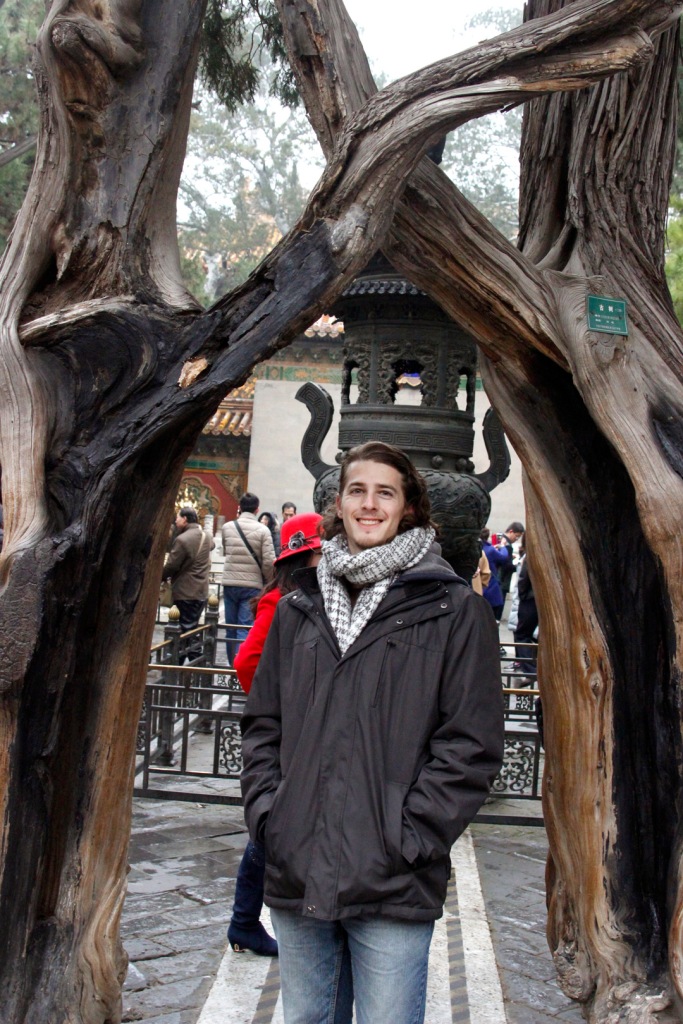
By then we needed to get indoors because 1) it was raining and 2) it was cold. So we left the palace out the northern end, hopped on the tourist trolley, and rode it back to Tiananmen Square where we entered the National Museum.
Our Lonely Planet guide said we needed our passports, but the ticket lady hardly looked at our drivers’ licenses when giving us tickets. About half of the exhibits we wanted to see (modern, Communist information) was closed due to an event in the galleries. We went to the basement instead to see artifacts from ancient China.
I don’t really feel like I learned that much about ancient China, besides seeing how well-preserved 2,000 year old pottery was. It does make me more curious, though, and I think I need to learn more about Chinese history. We did learn about the ancient dynasties and how the emperors centralized power, proved to harsh, peasants revolted, Mongols or other Chinese ethnicities invaded, and everything went kaput. Then the cycle repeated. Eventually, though, by the Ming dynasty (Starting in the 1300s) most of China was unified under Han rule. The other ethnic groups (and I think there’s 46 in China today?) lived on the outskirts of the great cities of Beijing, Nanking, and Shanghai.
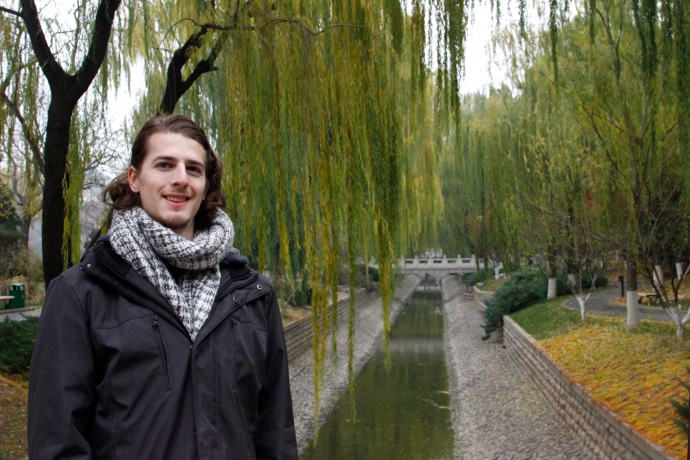
We did get to see a terracotta warrior and his horse, which was pretty awesome, since we’re not visiting Xi’an. And that concluded our first day in China! Next on our list was the Great Wall!




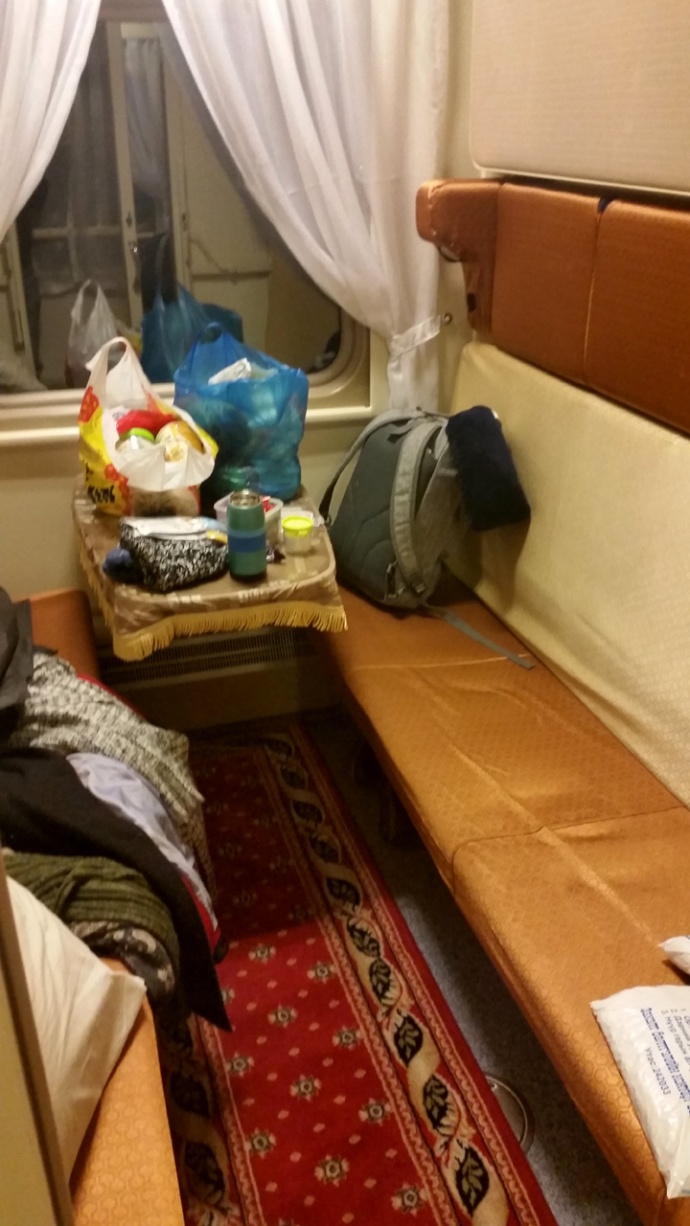



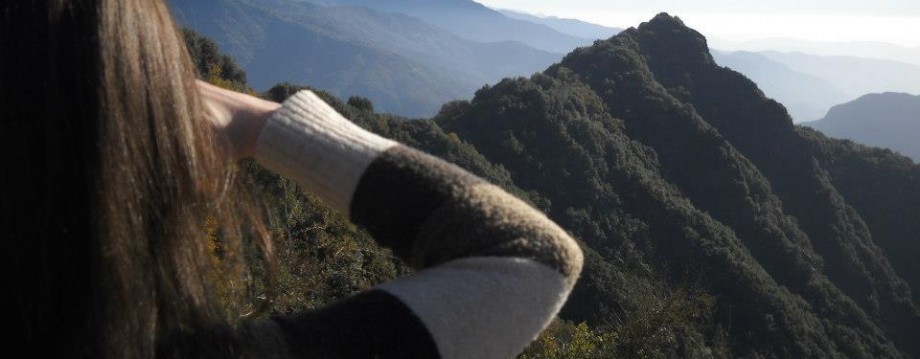




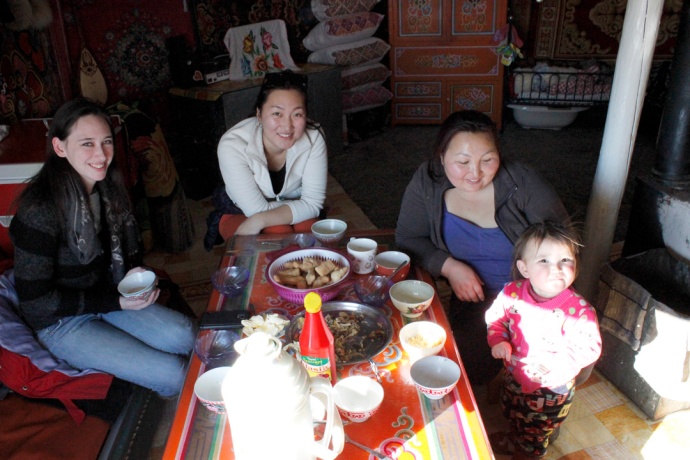



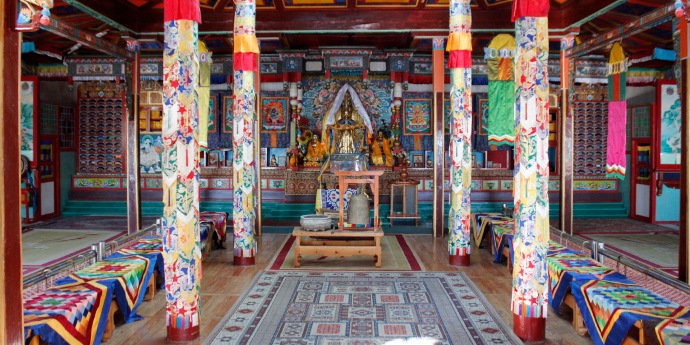


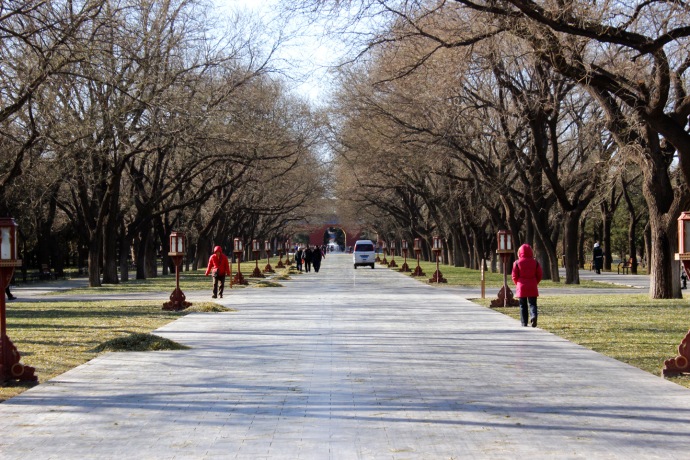
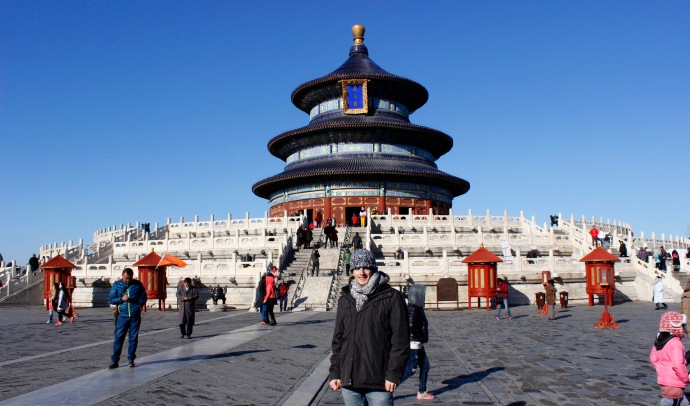
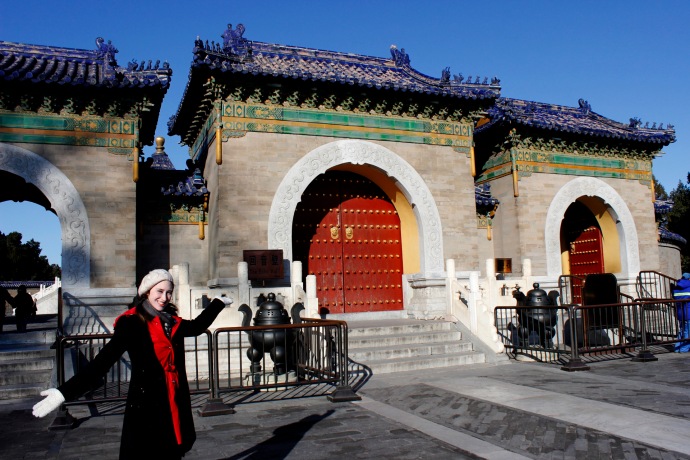
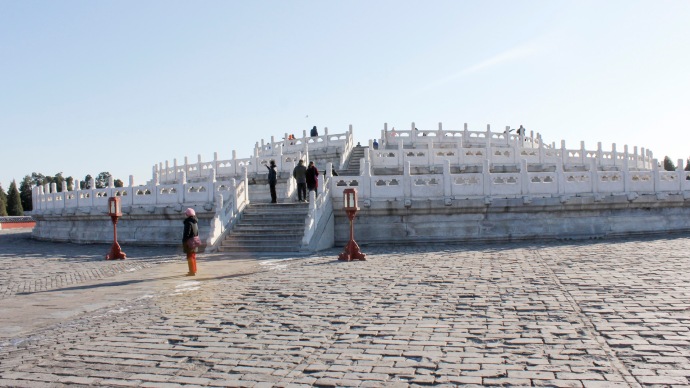
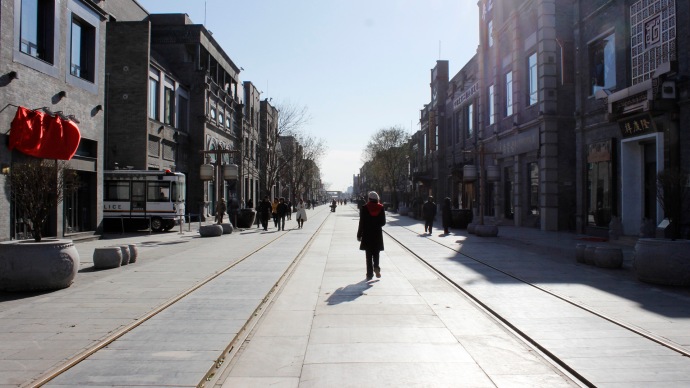 Mao Zedong’s Mausoleum was built in 1976 at his death. Mao is till a much-revered figure in China, and thousands still flock to see his mummified remains. Although our guidebook said we had to have our passports ready, no one checked any identification. We did have to check our bags across the street and enter the building without hats, but that was all.
Mao Zedong’s Mausoleum was built in 1976 at his death. Mao is till a much-revered figure in China, and thousands still flock to see his mummified remains. Although our guidebook said we had to have our passports ready, no one checked any identification. We did have to check our bags across the street and enter the building without hats, but that was all.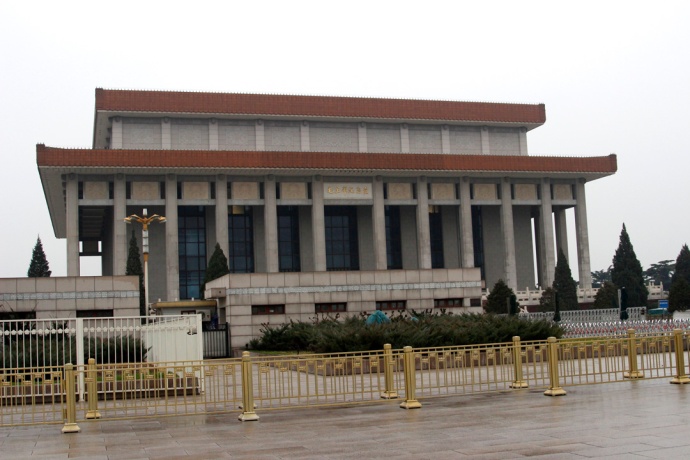

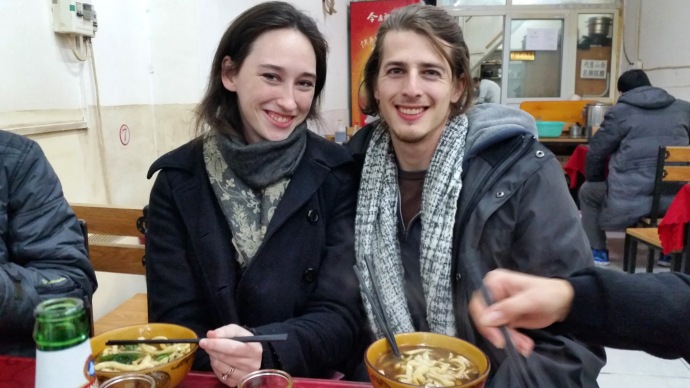
















Recent Comments